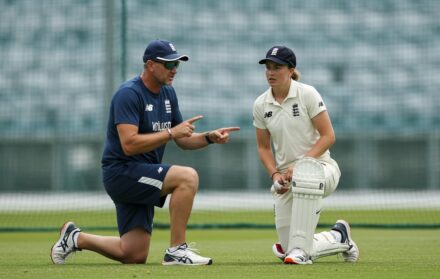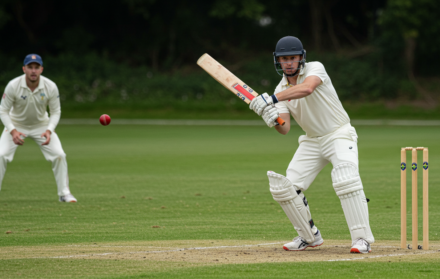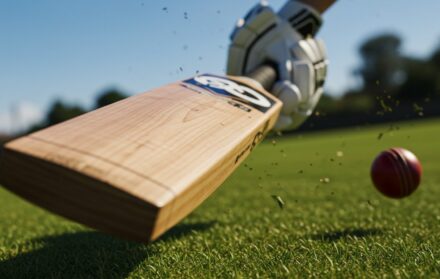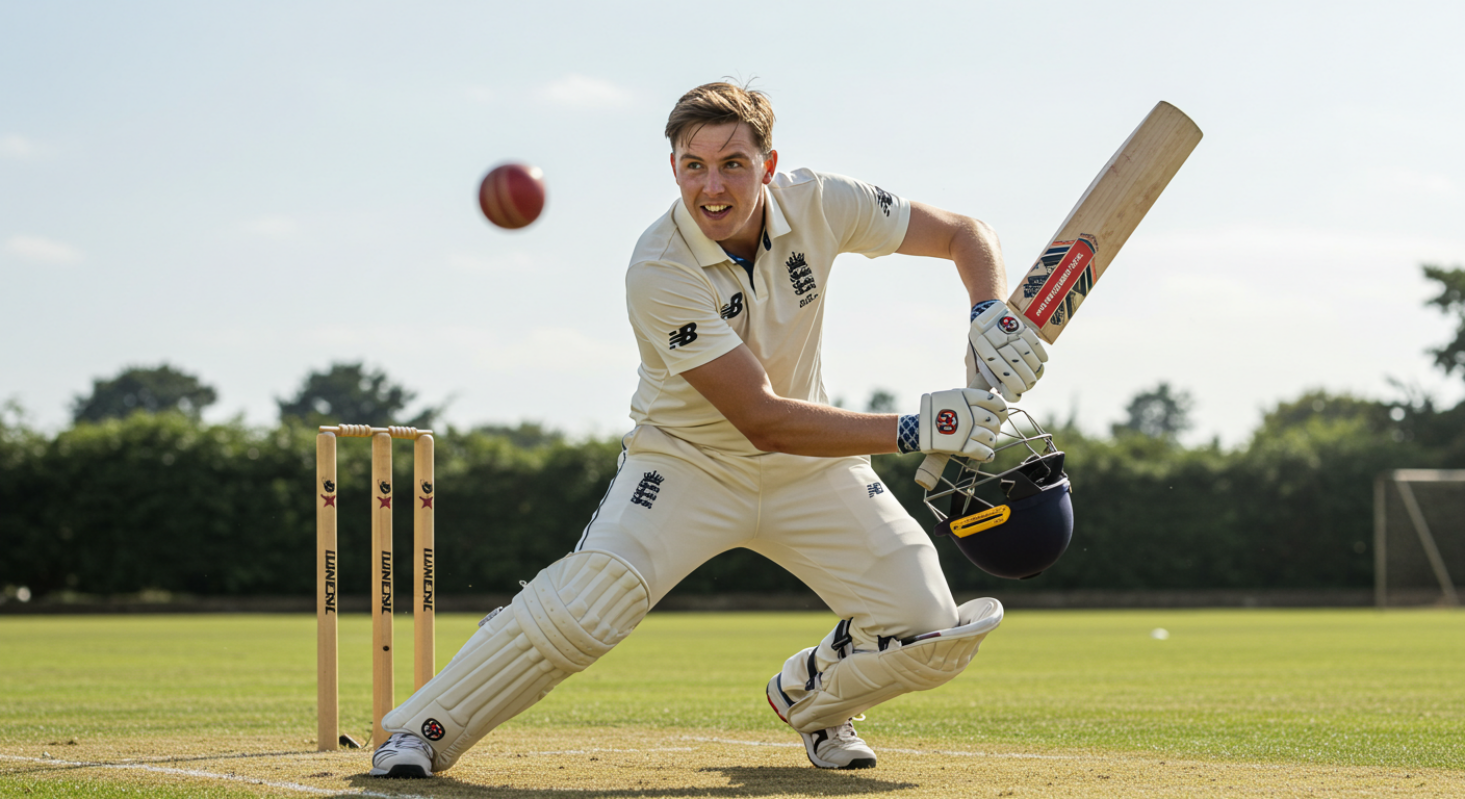
How to master batting in cricket
Batting is at the heart of cricket. It is the art of scoring runs while defending your wicket, and it requires a unique combination of physical skill, mental strength, timing, and decision-making. Whether you are playing Test cricket over five days or a quick T20 match in the evening, batting determines how competitive your team can be.
Many beginners are fascinated by explosive sixes and elegant cover drives, but mastering batting takes more than raw power. It involves learning technique, understanding your strengths, reading the bowler, and staying calm under pressure. In this guide, we will break down the essential areas every aspiring batter needs to focus on to truly master batting in cricket.
1. Understanding the Basics of Batting in Cricket
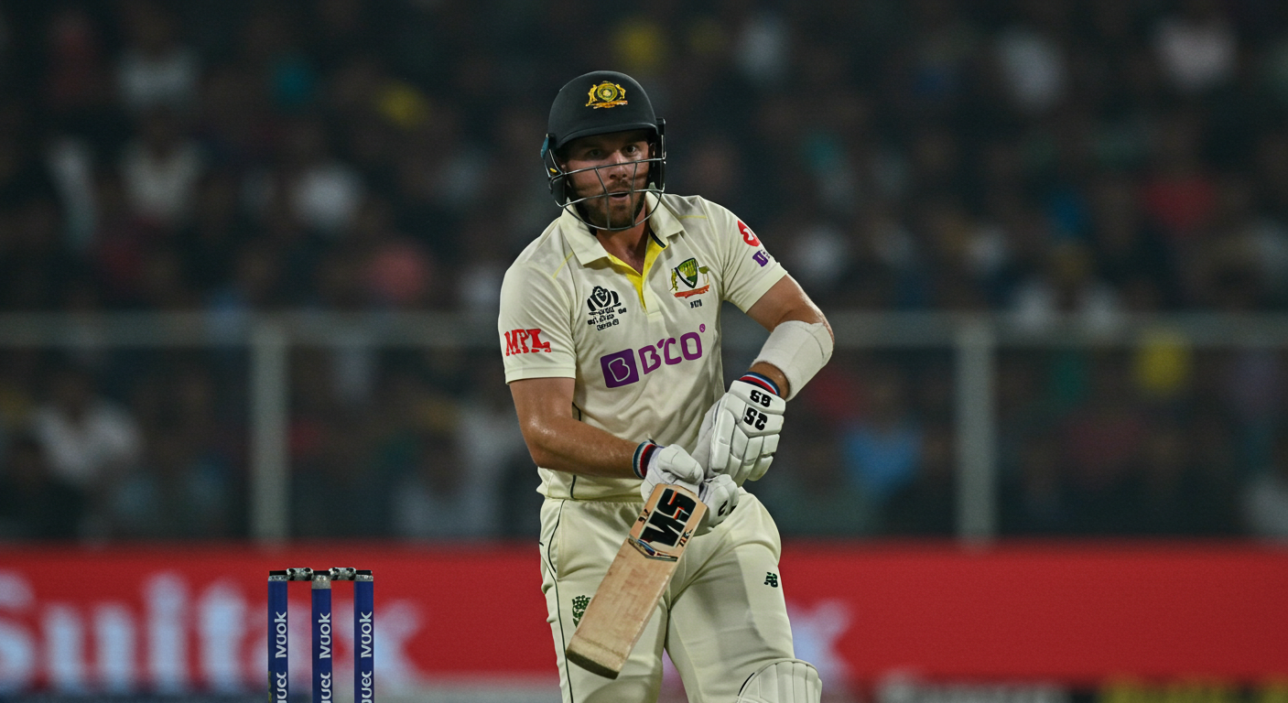
Before diving into advanced shots and strategy, you must build a solid foundation. Good batting starts with the basics: stance, grip, and balance.
Batting Stance
A correct stance ensures balance and readiness. Your feet should be shoulder-width apart, knees slightly bent, and weight evenly distributed. Your eyes should be level and facing the bowler. Keep the head still and over your toes. This posture helps you move quickly either forward or backward.
Grip and Backlift
Hold the bat with both hands forming a ‘V’ between the thumb and forefinger. The top hand should guide the bat, while the bottom hand supports. The grip should be firm but not tense.
The backlift is the movement of the bat just before the ball is delivered. A good backlift allows for a fluid downswing, helping with timing and power. Beginners often struggle here, but with practice, your swing will become more natural.
Eye Coordination and Stillness
Keeping your eyes level helps with depth perception. Stillness at the crease until the bowler releases the ball is crucial for focus and reaction.
2. Footwork Fundamentals: The Key to Better Shot Execution
Footwork is the invisible engine behind most successful shots. Without proper foot movement, your shot selection and execution become inconsistent, especially against fast bowling or turning deliveries.
Front Foot and Back Foot Play
Front foot shots are used when the ball is pitched full or on a good length. You step forward and transfer weight to the front leg. Examples include the drive or defensive block.
Back foot play is needed for short balls. You move slightly back and across, allowing yourself room to pull, cut, or defend.
Common Footwork Mistakes
-
Not moving feet at all (flat-footed)
-
Overcommitting to the front foot and getting stuck
-
Poor balance during movement
Drills to Improve Footwork
-
Cone drills: Place cones in front/back to encourage step movement
-
Shadow batting with split steps
-
Playing against throwdowns with varied lengths
Cricket footwork drills improve your ability to get into position quickly, which directly affects timing and shot success.
3. Mastering Shot Selection and Timing
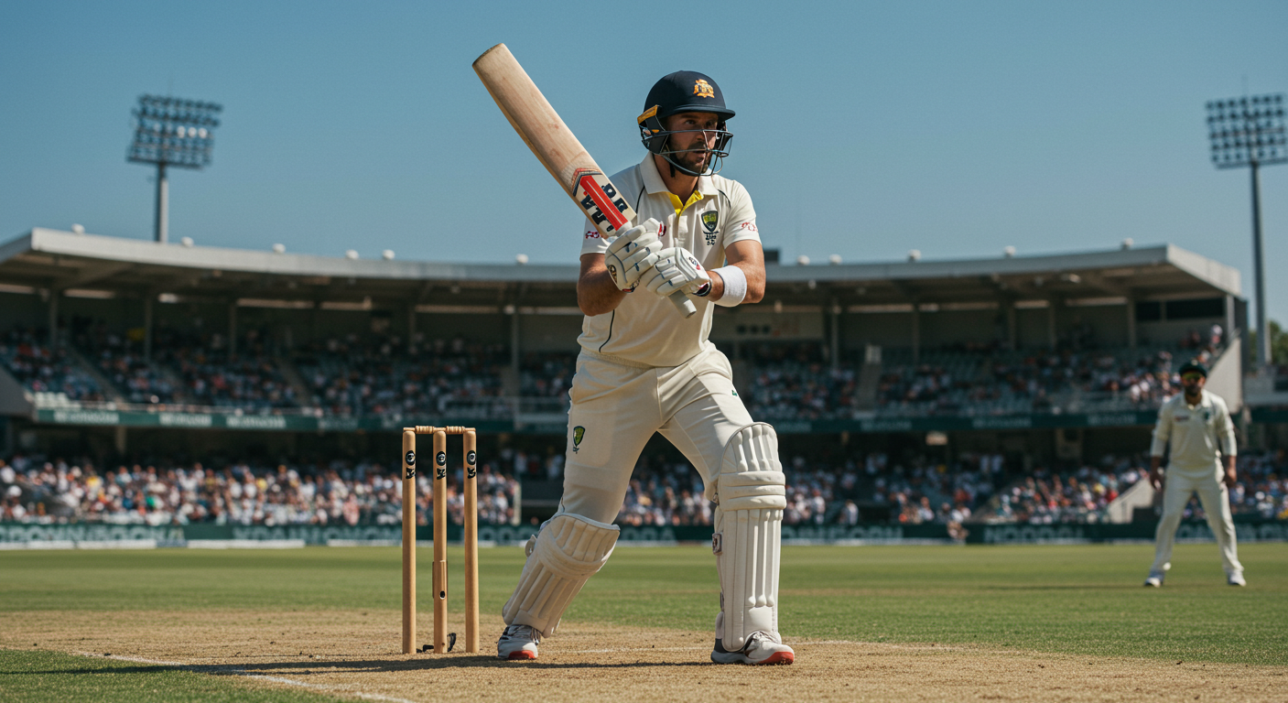
Many players get out not because of poor technique, but due to poor shot selection. Every ball is different, and reading it well is part of becoming a top-class batter.
Defensive Shots
-
Forward defense: For good-length balls that could hit the stumps
-
Leave: Often underused, but leaving dangerous balls is a skill in itself
Attacking Shots
-
Cover drive: Elegant and effective against full balls outside off stump
-
Pull shot: Used against short balls, especially with pace
-
Cut shot: For short balls outside off stump
-
Sweep shot: Used against spin bowlers
Each shot requires not only technical skill but also good timing. Even a poorly timed lofted shot with perfect technique can lead to dismissal.
Improving Timing
To master batting in cricket, you must understand timing above all.
-
Use soft hands to play late and guide the ball
-
Focus on watching the ball till it hits the bat
-
Practice with throwdowns and soft balls to isolate movement
-
Use wall drills: Hit a tennis ball against a wall to practice reflex shots
4. Playing Different Types of Bowling
As you advance, bowlers will test you with a mix of pace, bounce, swing, and spin. Adapting your batting to each type is essential.
Facing Fast Bowlers
-
Keep your eyes level and head steady
-
Watch the ball from the bowler’s hand
-
Use short backlift and quick feet
-
Get into position early for short balls
Playing Spin Bowlers
Spin requires footwork and patience. You must read the spinner’s hand and release point.
-
Step out when attacking or play back when defending
-
Use the crease: Move deep or forward to change the bowler’s length
-
Watch for flight and dip, not just spin
Many players struggle here because they commit too early. Instead, stay light on your feet and play with soft hands.
5. Mental Skills Every Great Batter Needs
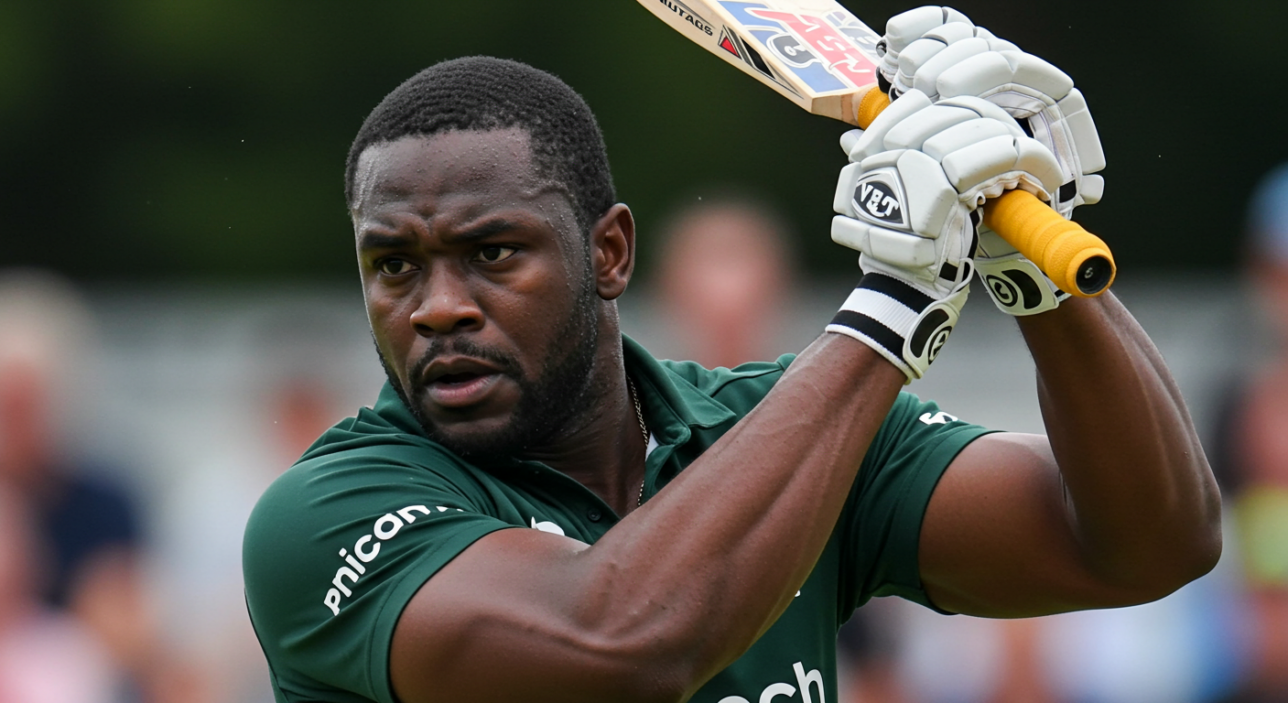
Mastering batting is not just about physical technique. Mental toughness separates good batters from great ones.
Key Mindsets
-
Patience: Especially in longer formats
-
Focus: Concentrating ball after ball
-
Confidence: Trusting your shot choices
-
Adaptability: Switching strategy when conditions change
Developing Mental Strength
-
Use visualization techniques before games
-
Break innings into mini targets (e.g., every 10 runs or 30 balls)
-
Build a pre-delivery routine: e.g., tap the bat twice, take a breath
-
Accept failure as part of learning
Top players like Virat Kohli and Joe Root are praised not just for their shots but for their consistency and mental approach under pressure.
6. Practice Routines to Master Batting
Great batting doesn’t happen by accident. It is built through consistent, focused training routines. While natural talent helps, repetition, drills, and feedback are what transform players into confident, match-ready batters.
Daily Solo Drills
If you don’t have access to nets or coaches every day, don’t worry. You can still train effectively on your own:
-
Shadow batting: Practice your footwork and shot shapes in front of a mirror or wall. Focus on timing your swing and maintaining form.
-
Wall hitting: Bounce a tennis ball off a wall to practice reflexes, footwork, and timing. Try using a narrow bat for more control.
-
Hand-eye drills: Toss and hit small balls (like a golf ball or rubber ball) with a stump to sharpen reaction and precision.
These activities simulate real match situations and help you build muscle memory.
Net Practice
When you do get into the nets, approach it with purpose:
-
Focus on one skill per session (e.g., driving or short ball defense)
-
Ask a friend or coach to bowl different lines and lengths
-
Record your session to spot weaknesses in your movement or shot selection
Fitness and Conditioning
Batting demands more than just good technique. Physical fitness matters too:
-
Core strength helps with balance and power
-
Leg strength supports explosive footwork
-
Wrist flexibility enhances stroke range
-
Stamina ensures focus even in long innings
Doing basic exercises like squats, lunges, planks, and wrist rotations will boost your batting performance significantly.
Keeping Track of Progress
One of the most underrated tools is a batting journal:
-
Record your net sessions, matches, and feedback
-
Note which shots you played well or poorly
-
Track improvements over time
This kind of self-awareness helps you refine your game and build confidence.
7. Equipment That Enhances Batting Performance
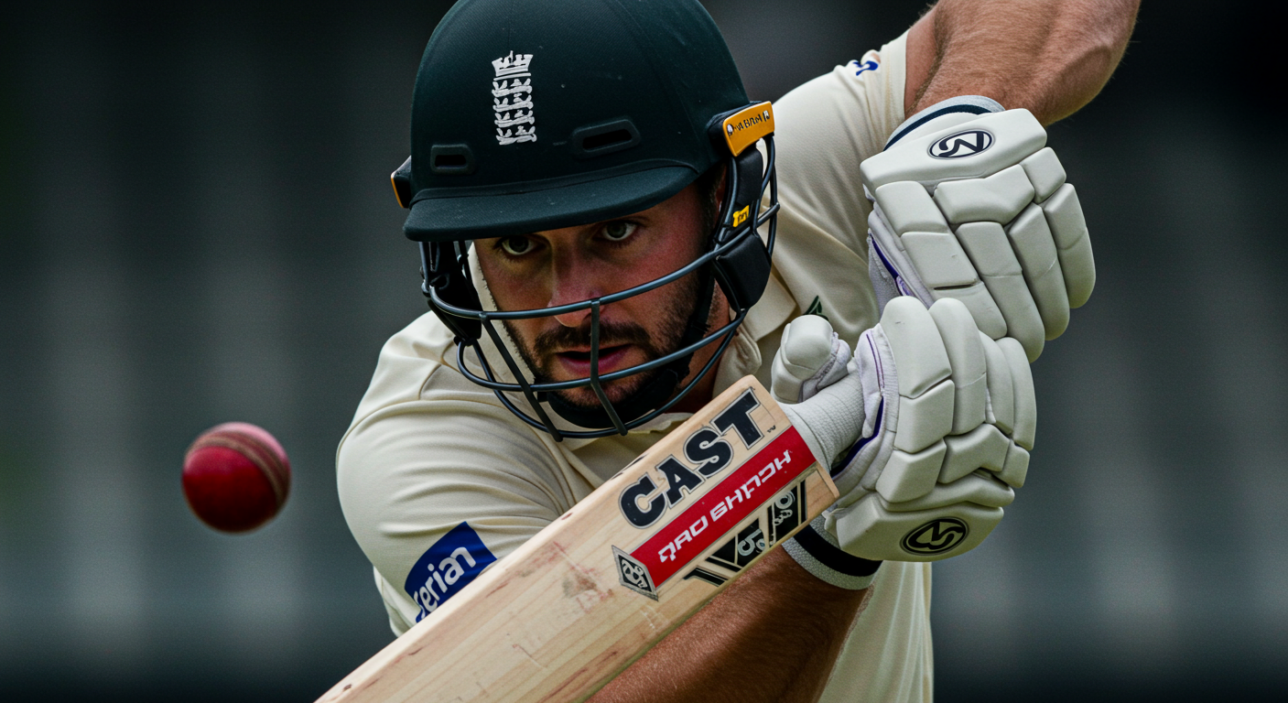
While no gear will make you a great batter on its own, the right tools do support your development and safety.
The Right Bat
Selecting a bat that suits your style and strength is essential:
| Feature | What to Consider |
|---|---|
| Weight | Light for quick play, heavier for power |
| Size | Based on height and arm reach |
| Handle type | Oval or round, depending on grip comfort |
| Material | English willow vs Kashmir willow |
Beginners often go for lighter bats with a lower sweet spot to aid timing.
Batting Gloves
These protect your fingers and improve grip. Look for gloves with:
-
Good padding (especially on fingers)
-
Breathable material to reduce sweat
-
A snug fit without limiting movement
Pads and Helmet
Essential for protection against pace bowling. Your pads should wrap around comfortably, and the helmet must sit firmly with a grille that protects your face while allowing clear vision.
Other Accessories
-
Thigh guard: For extra protection on your front leg
-
Grip cone: Helps replace bat grips
-
Bat oil and scuff sheets: Extend the bat’s life and performance
Maintain your gear properly, especially the bat, by knocking it in and storing it in dry conditions.
8. Learning from the Greats: Lessons from Top Batsmen
Even the best players were once beginners. Studying how they trained, adapted, and succeeded can give valuable insights into your own game.
Sachin Tendulkar (India)
Known as the “Little Master”, Tendulkar was famous for his discipline and precise technique. He practiced for hours daily and often shadow-batted in his room. His dedication and ability to adapt to different conditions made him legendary.
Steve Smith (Australia)
Smith’s unorthodox technique proved that being different is not a disadvantage. He uses a strong bottom-hand grip and exaggerated movement but relies on intense focus and hand-eye coordination.
Joe Root (England)
Root emphasizes timing over power. His footwork against spin is excellent, and he plays late, close to his body. Watching how he constructs an innings is a lesson in patience and control.
Virat Kohli (India)
Kohli blends aggression with technical correctness. He is known for his fitness, mental strength, and ability to chase under pressure. His cover drives are a model for young players learning front foot play.
Kane Williamson (New Zealand)
One of the calmest players at the crease, Williamson shows how to build an innings through smart shot selection and strike rotation. His head position and balance are among the best in modern cricket.
These players all developed their own styles, but what they share is relentless practice, tactical awareness, and belief in their process.
Final Thoughts: Batting Mastery Takes Time and Consistency
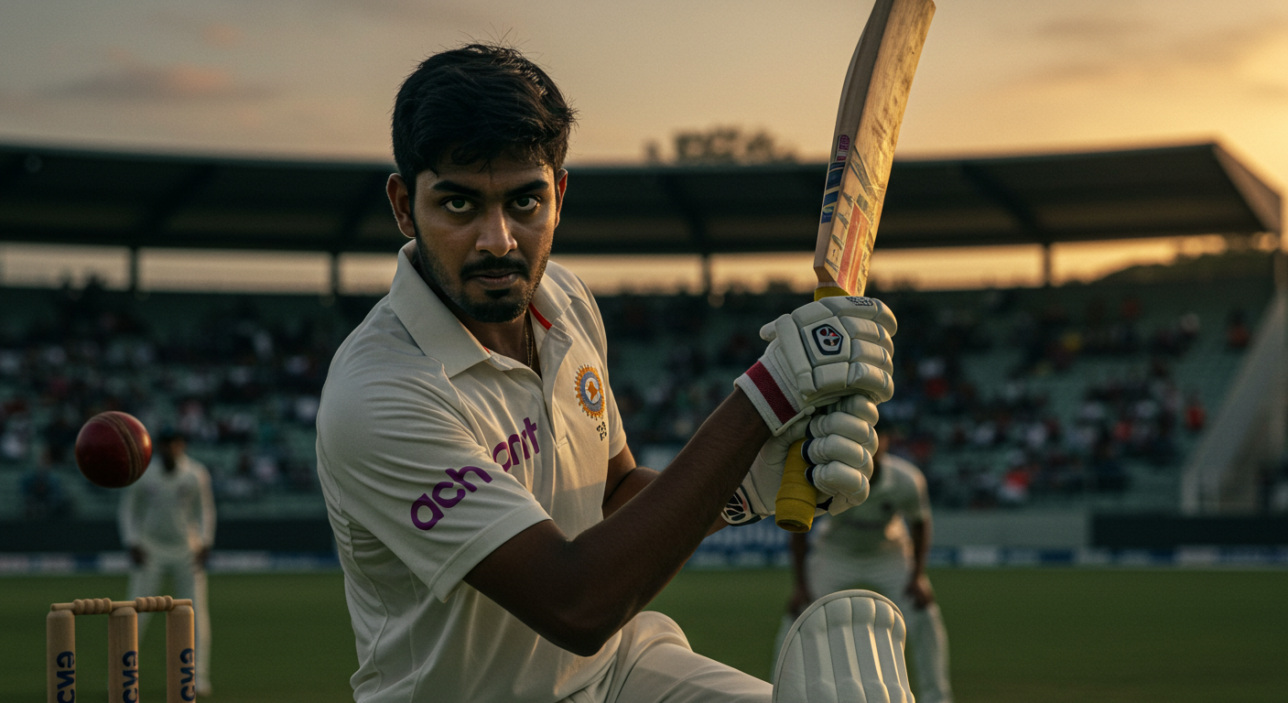
There is no shortcut to becoming a great batter. Every top player you admire started by learning how to hold the bat, how to move their feet, and how to choose the right shot at the right time. Mastering batting in cricket means being patient with your progress, practicing deliberately, and learning from your mistakes.
From refining your stance to improving your mental game, each piece adds to the full picture. The journey is long, but every run you score, every match you play, and every ball you face contributes to your growth.
So grab your bat, step onto the pitch, and enjoy the process. Your path to batting mastery starts one shot at a time.
Frequently Asked Questions: How to Master Batting in Cricket
1. What is the best way to improve my timing as a batsman?
Focus on watching the ball closely from the bowler’s hand and practicing with slower bowlers or throwdowns. Shadow batting and wall drills also help improve reaction and rhythm.
2. How can I avoid getting out early in an innings?
Build your innings slowly. Play the first few balls with caution, leave risky deliveries, and get a feel for the pitch before playing aggressive strokes.
3. Should I use a heavy or light bat for training?
Use a bat that feels comfortable. A lighter bat helps with timing and control, especially for younger players. Some advanced players train with heavier bats to build strength, but this is optional.
4. How do I become better at playing spin?
Watch the ball closely, use your feet to get to the pitch, and practice using the crease. Playing with soft hands allows better control. Study spin variations and learn to read the bowler’s hand.
5. What is the ideal age to start training seriously in batting?
You can start learning batting basics as early as 6 or 7 years old. However, structured training and development can begin around 10 to 12 years of age, depending on interest and access to coaching.
